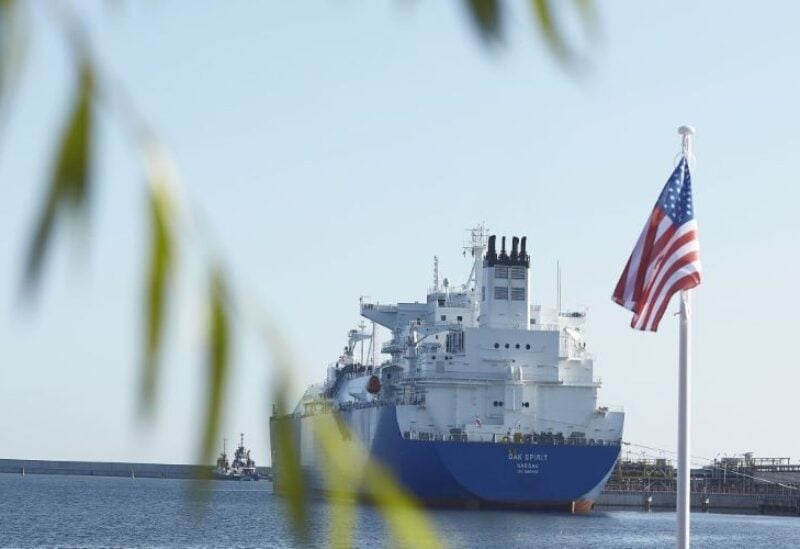
LNG exporter
According to IHS Markit, the United States is on track to become the world’s largest exporter of liquefied natural gas this year, while China, the world’s second-largest economy, becomes the top importing market for LNG.
According to IHS, the United States, which was the third-largest LNG exporter behind Australia and Qatar in 2021, is on track to take the top spot in 2022.
According to IHS, the United States was the main source of LNG supply increase in 2021, adding 25 million metric tonnes (MMt) as liquefaction capacity was added and production from facilities that had been shut down the previous year was ramped up. The average utilization rate for US plants increased to 98 percent in the third quarter of 2021, up from 43 percent in the same time the previous year.
LNG is natural gas that, when cooled to roughly -162°C (-260°F), transforms into a colorless, non-toxic liquid. Cooling reduces the volume of the gas, making it easier to ship and store. It may be used to cook, heat houses, generate power, and manufacture things such as fertilizers, paints, medications, and commercial vehicles.
Global demand for LNG is expected to rise by up to 5% per year over the next 20 years, since it may help improve air quality and reduce greenhouse gas emissions in the power industry. As a result, LNG is perfect for the transition to a low-carbon energy future, providing a range of fuels to assist governments in balancing energy demand with clean energy ambitions.
According to Wood Mackenzie, global LNG consumption would increase by 20 million tonnes per year in 2021, with Asia accounting for nearly all of the increases.
China’s demand increased by more than 18%, with imports exceeding 81 MMt in 2021, making it the world’s largest importer, surpassing Japan. According to IHS, Japan’s LNG imports were flat year on year at 75 MMt, marking the first time since the early 1970s that the country was not the world’s top LNG importer.
South Korea came in third with 46.4 MMt. Brazil saw the highest rise in a country’s yearly consumption, which more than quadrupled to 7.5 MMt due to a drought and inadequate hydropower output, forcing the market to rely more heavily on LNG.
“A new map of LNG is taking shape as 2021 becomes the year of quick recovery, making the oversupply and price lows of 2020 seem like a distant memory,” said Michael Stoppard, IHS Markit’s chief strategist of global gas. “It’s a tale of two markets,” says one analyst, “with China fueling the demand increase as the world’s top importer and the United States, poised to become the world’s leading exporter, supplying the supply push.”
China, known as the world’s factory, has rebounded quickly from the Covid-19 epidemic. Though growth slowed to 4.9 percent in the third quarter of last year, manufacturers have restarted output, lessening the interruption to global supply networks.
According to the London-based Centre for Economics and Business Research, China will overtake the United States as the world’s largest economy by 2030.
According to IHS, long-term contract LNG signings have returned to an all-time high following a hiatus in 2020. In 2021, more than 65 million metric tonnes per annum (MMtpa) of fixed, long-term contracts were signed, breaking the previous record of 61 MMtpa set in 2013. China was the most specified end-market, with Chinese customers signing around 25 MMtpa of formal long-term contracts.
Spot LNG prices in Asia temporarily reached around $30 per million British thermal units (MMBtu) last January due to cold weather and transportation issues. Prices steadied at typical levels in the first half of the year before rising again in Asia and Europe in the second half. According to IHS, prices ended December 2021 at $40/MMBtu, more than double the previous heights seen in the years after Japan’s 2011 nuclear disaster.
Total loaded LNG supply in 2021 grew 5.5% from the previous year to 396.3 MMt. According to IHS, the United States delivered the most supply increases, with 25.3 MMt of new LNG (a 52% increase) reaching 73.6 MMt.